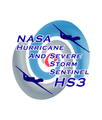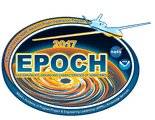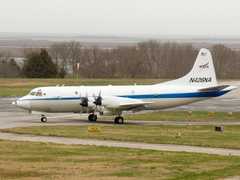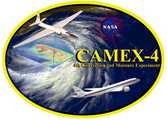The Airborne Vertical Atmospheric Profiling System (AVAPS) is a system mounted on aircraft that uses dropsondes and Global Positioning System (GPS) receivers to collect in situ atmospheric profiles. It provides measurements of temperature, pressure, and humidity every 0.5 seconds, and wind data every 0.25 seconds. AVAPS features a vertical resolution of about 10 meters and can launch dropsondes every 20 seconds. Developed by the National Center for Atmospheric Research (NCAR) for the NASA Global Hawk, it can also be used on other aircraft such as the DC-8 and P-3.


Instrument Details
- Multi
- Earth Science > Atmosphere > Atmospheric Water Vapor > Water Vapor Indicators > HumidityEarth Science > Atmosphere > Atmospheric Pressure > Atmospheric Pressure MeasurementsEarth Science > Atmosphere > Atmospheric Winds > Wind ProfilesEarth Science > Atmosphere > Atmospheric PressureEarth Science > Atmosphere > Atmospheric Winds > Wind Profiles > Wind Velocity/speed ProfilesEarth Science > Atmosphere > Atmospheric Temperature > Upper Air Temperature > Vertical ProfilesEarth Science > Atmosphere > Atmospheric Winds > Wind Profiles > Wind Direction ProfilesEarth Science > Atmosphere > Atmospheric Temperature
- Full Column Profile
- 0.25 s, 0.5 s
- 10 m
- N/A
- Currently unavailble
Gary Wick, Terry Hock, Jeffrey B. Halverson
Gary Wick
Vaisala, NCAR
NOAA
- Global Hydrology Resource Center DAAC (GHRC)
data center outside NASA
Filter data products from this instrument by specific campaigns, platforms, or formats.














